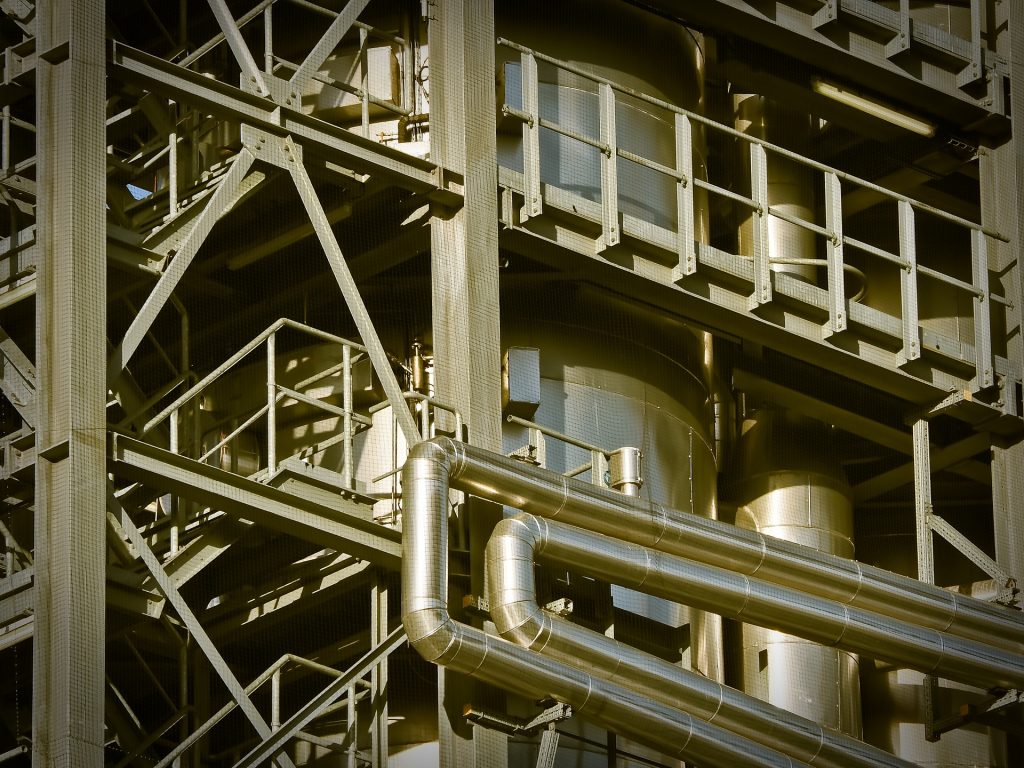During World War II, the use of steel buildings grew rapidly, and when steel became more readily available after the war, it greatly increased even further. Since then, steel buildings have gained widespread acceptance because they are economical, durable, and strong. With the emergence of computer-assisted design software, the range of applications has increased due to improved materials, products, and design capabilities. Smaller steel buildings are frequently prefabricated or easy enough for anyone to erect. To ensure appropriate and secure assembly of the larger steel buildings, competent construction personnel such as those from Smart-Space are needed. The main reason why businesses, schools, hospitals, and even property owners are deciding to use steel buildings is because they have several advantages over other types of buildings. This article will go over what steel buildings are and their benefits.
What Are Steel Buildings?
A steel building is a metallic construction that uses steel for both the building’s exterior and internal supports. Steel is a flexible building material that has helped to influence the evolution of buildings at nearly every stage of the construction process, starting with framing and floor joists. Steel buildings are employed for various uses, including housing, workspaces, and storage. Based on their intended usage, they are divided into many categories. Steel buildings are resistant to a variety of environmental elements. Steel has several advantages over concrete in building structures, and its use in civil engineering and construction projects is steadily growing worldwide.
Benefits of Steel Buildings
These are just a handful of the many benefits of steel construction. Let’s examine each one in turn.
1. Environmentally friendly and economical: Steel is inexpensive and environmentally friendly because of its lightweight, which reduces transportation costs and expedites project timetables. Choosing steel causes less energy to be used and can be recycled, reducing the waste of raw materials. Steel is considered a less expensive choice for modest homes and huge, massive structures.
2. Application Flexibility: Steel is extremely versatile and can be molded into practically any shape, from square tube metal to angles and channels, making it a desirable solution for residential and commercial structures. A steel structure is strongly advised for large spans and hefty construction that can support all types of industrial projects. There are few substitutes for steel structures for enormous clear-span buildings like warehouses, theatres, halls, agricultural buildings, and factories. Steel structures are extremely flexible in their numerous applications.
3. Contemporary design and artistic freedom: Architects can indulge their creative instincts while still being able to plan and construct a sturdy and long-lasting structure. One of the most evident advantages of steel in building a structure is that steel can span greater distances using steel ceiling joists.
4. An immediate solution: Temporary steel buildings can be assembled and set up quickly to meet unanticipated needs. In these situations, budgets are often tight. A temporary building specialist can work with a business, school, hospital, etc., to deliver a solution that exceeds expectations. Space is an essential resource. Your operation should not have to sacrifice it and limit your capability to respond and grow. While temporary steel buildings are ideal for meeting urgent and temporary needs, they are made of materials that last a long time.
Conclusion
One of the most often utilized building materials in contemporary construction is steel. It can be paired with an especially sturdy foundation, giving steel buildings the resilience to survive natural disasters like earthquakes. Installing steel buildings is also simple and rapid. Steel buildings are an alternative if you are looking for a standard building at a modest cost.





